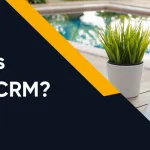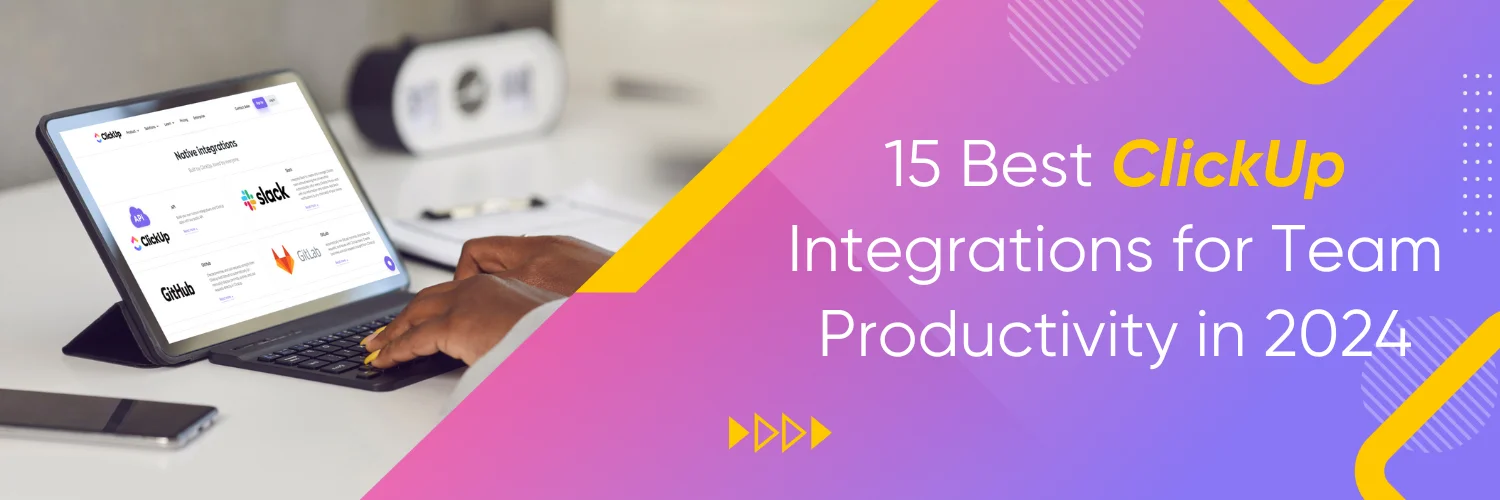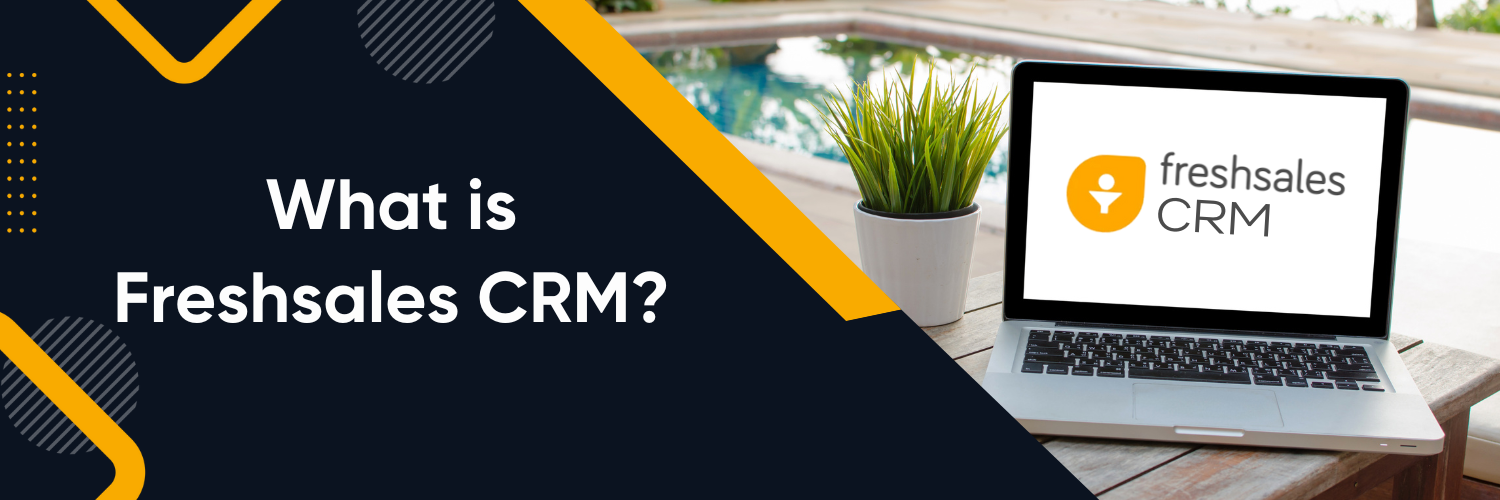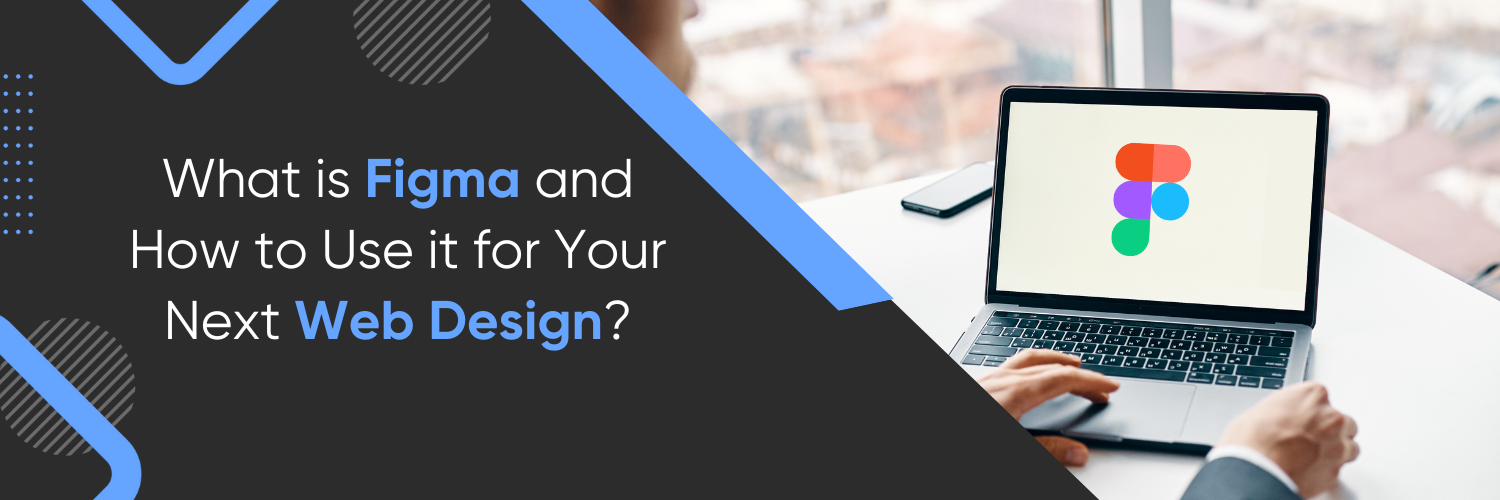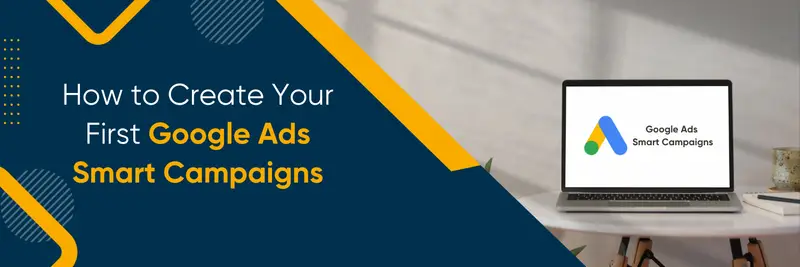What Is The B2B Sales Process?
B2B sales is a sales model or category of selling in which a company sells its products or services to another company. Business to business (B2B) refers to a relationship, situation, or marketplace between two or more businesses. A business-to-business (B2B) company sells to other businesses. B2B companies must maintain a team of highly trained B2B sales professionals to drive revenue because B2B sales typically involve higher price points, more complex processes, and multiple touchpoints across multiple channels.
There are a variety of different stages in the B2B sales process, with different names and numbers depending on each company’s needs. However, most processes follow a similar pattern:
The first two steps are preparation and research. This is where you identify your target market and create a lead list. The research stage is important in determining what type of prospect you’re going after.
The next four stages involve closing, negotiating objections, handling follow-up questions and handling objections for the close itself. Closing is usually the last chance you have to make a sale, so it’s important to be prepared for any possible objection your prospect may raise.
What Are The Steps Involved In The B2B Sales Process?
The B2B sales process is a five-step cycle that typically starts with prospecting and ends with follow-up. The steps in between are pre-screening, needs assessment, presentation/sales pitch, and negotiation.
While the steps may vary depending on your industry and company, there are some basics that stay the same. To close a sale, you’ll need to ensure that your potential buyer is happy and satisfied with what you’ve presented.
To increase your chances of success in a B2B sale, it’s important to use modern techniques like industry experts or social media outreach.
Tips For Your B2B Sales Process
There’s no question that the B2B sales process can be tricky. After all, you’re dealing with customers who are looking for ways to improve their businesses and reduce costs. As a sales professional, it’s important to continuously train your team so they can demonstrate their expertise and knowledge. You also need to focus more on solving problems than pushing your products.
Remember that active listening, empathy, and critical thinking skills are essential in the B2B space. And don’t forget to adopt omnichannel outreach to stay in touch with customers across channels. Social selling techniques can be extremely helpful in getting a positive customer feedback loop going.
It’s also important to ensure that the other customer-facing teams are on board with your goal. After all, success depends on teamwork! Finally, consider using AI as a tool for decision-making – it can be applied in sales as well.
How Do You Close A Deal?
There are a few things you need to do to close a deal with a potential customer. It’s important to be aware of the legal requirements during the negotiation process, to avoid potential issues later on. You should also follow up with leads who contact you on social media or by email, but be sure to respond in a timely manner. Additionally, it’s key to keep track of leads and follow up with them regularly.
A good B2B sales team will have a mix of conversations and negotiations to close deals. Some prospects need more time than others before deciding if they will buy your product. However, you should always stay in touch with them even if they don’t end up buying anything from you.
The relationship between the company and the lead is often what closes the deal. Ensure your team puts their best foot forward when interacting with potential customers! Consult Ubique Digital Solutions for your marketing strategies and improve your sales in the future.
Examples Of B2B Sales
Type 1: Supply sales
Supply sales are done in bulk at a discount to the buyer. Most supply sales are made in bulk at a discount to the buyer and many businesses maintain consistent suppliers with regular restocking. This allows for better price negotiation and easier planning. Supply sales generally require more approval as the quantity is much greater than a single item. A supplier sells resources that support the purchasing business. These resources can be anything from raw materials to finished products. To make these sales, the supplier must have a good understanding of what the customer wants and needs.
Type 2: Wholesale/distribution sales
In business-to-business (B2B) sales, the wholesaler sells key manufacturing or retail components to other businesses. This is also known as supply sales. Supply sales occur between a purchasing business and a supplier, typically the company they buy from. In most cases, these types of sales happen in three ways, with four main purchasers: producers, resellers, government agencies and institutions.
Supply sales are made at a discount to move large quantities of products or services quickly. Because of this, distribution sales are deals with retail products like clothing or produce. When selling a service instead of a product, the focus is on efficiency and cost savings.
Type 3: Service/Software Sales
Service and software sales work similarly to supply sales, except for selling a service. The supplier is often the retailer’s wholesaler, such as in Zendesk Sell’s case. For example, Zendesk Sell is an example of a company that sells its CRM software as part of its product line, but it also offers services for companies that want to run their business more efficiently through them.
B2B Sales vs. B2C Sales: What’s the Difference?
1. Higher average transaction value
In B2B sales, the average order value is usually higher than in B2C sales. This is because the customer base is different – businesses are more likely to make a purchase when there is a clear business case for it.
There are a few industries where this is not the case – for example, in the technology sector, consumers are often willing to spend more on products and services than businesses. However, in most cases, B2B sales transactions have a higher value than those in the B2C space.
This means that companies selling to businesses must go through a longer and more complex sales process, as they need to convince multiple stakeholders of the value of their product or service.
2. Longer sales cycles
B2B sales are often slower because B2B buyers often need to win the approval of numerous decision-makers. For this reason, they take longer to close than B2C sales. The term “ROI” refers to a measurable edge or a logical solution for vital problems. This is something that B2-B buyers are always looking for. As a result, B2B sales can be harder to close due to their size and complexity. In fact, more than half of all B2B sales take more than seven months to close!
3. Multiple stakeholders
In B2B sales, convincing multiple stakeholders is a common challenge. This includes decision-makers from varying roles within the company. There are more “yes” votes required for a B2B sale to go through, which means that the deal has to be of higher value.
More trust must be earned in the process of B2B sales due to factors such as culture and hierarchy. It can take longer for prospects to gather internal input before making a purchase decision.
Compared to typical B2C sales funnels, B2B sales are typically much longer. In some cases, coding cycles last up to 10 months. This is because the process is more complicated and requires more work on behalf of both the seller and buyer.
4. Educated buyers
B2B buyers are more educated than ever before. They are selective about who they do business with and use content to make their purchasing decisions. In fact, nine out of ten B2B buyers admit that online content has a moderate to major effect on their buying decision.
This means that B2B sales reps need to be more proactive than their B2C counterparts, who often come in after the fact. They also need to be better equipped with specialized selling methods and sequences.
Millennial B2B buyers in particular rely on online content as an important source of information when making purchasing decisions. So it’s essential for sales reps to understand how this generation buys and what kind of content they’re consuming.
What Are B2B Sales?
B2B sales is a process where a company sells products or services to another business. The B2B company can provide professional services, digital services, or raw materials to other businesses. In contrast to selling to consumers, B2B sales are focused on complex processes and high price points.
A team of highly-trained professionals is required to drive revenue in B2B sales. Unlike in consumer sales, where one person may be responsible for the entire transaction, in B2B it often takes multiple people serving in different roles throughout the discussion cycle. This process can span weeks and be quite long and complex.
A Typical Business To Business Selling Process
Inbound Lead Qualification
In a typical business-to-business selling process, marketing generates leads and then passes them to the inbound-focused SDR for qualification. The SDR determines whether or not the lead is worth pursuing and then sends it over to the AE for a sales pitch and closing a deal.
Outbound Prospecting
Outbound prospecting is the process of reaching out to potential customers via various mediums such as social media, blogs, websites, phone calls, emails and so on.
What is an outbound prospecting strategy? Outbound prospecting strategy is the process of identifying potential customers and selling products or services to them. Prospecting can be done through personal contacts, networking, or advertising.
When a sales team decides to outsource its prospecting activities to an agency or consultant, it is important to have a clear understanding of what they want from their outbound prospecting strategy.
The outbound SDR is an individual who seeks leads and then hands them off to a sales representative for a demo. They use tactics like cold calling, emails, and social media connections to find prospects that fit ideal customer buying profiles.
The B2B Demo
When selling to other businesses (B2B), the AE needs to be able to ask questions and understand pain points. They must also be able to build rapport and overcome objections with potential companies. A demo is an art form requiring skill and practice. With tools like AI from Revenue.io, a coach’s job is to find out what works across the team and then scale it. After a coach has convinced prospects of the benefits, they’ll have to provide a demo or evidence of their efficacy. The third stage in most sales funnel is where coaches will attempt to determine if more parties are involved in the decision-making process besides themselves or if an entire team will benefit from adopting practices mentioned in previous stages.
From Demo to Deal
When selling to businesses, an Account Executive is often given the task of empowering a key stakeholder to sell within the customer company. To make this process as smooth as possible, sellers should be enabling their buyers with tools to get their jobs done. This includes things like providing them with product information and helping them understand how our products can solve their specific pain points. Additionally, the procurement and legal teams have to approve B2B deals before they can go through, so the Account Executive needs to build rapport with prospects during a demo and overcome any objections they may have. Finally, out-of-the-box thinking is essential when it comes to business sales – so having creative solutions ready can make all the difference in closing a deal. At io, we offer tools that help sales coaches uncover best practices that drive powerful outcomes during demos. Using AI-based analysis, we’re able to identify best practices that can be scaled across an entire team – making your sales process even more efficient.
Customer Success
To be successful in B2B sales, it is vital to focus on customer retention and expansion. Customer success reps work with prospective customers to ensure they are successful with the product, and “Land and Expand” is a business model where the company signs smaller deals, welcomes initial success and then grows over time.
Customer retention and expansion are key factors in any healthy sales pipeline. Personalization is also important in customer communications – always address the buyer by name and use a friendly tone. It’s also helpful to continuously train your team members so they can improve their sales performance.
The typical B2B buyer prefers to work with professionals who demonstrate empathy and expertise. They don’t want to feel like they’re being sold to, so they avoid using outdated methods such as CRM platforms. Instead, embrace new technologies such as sales engagement platforms that allow for better communication between all teams involved in the process (buyer, seller, and company). Furthermore, it’s important to monitor customer feedback in order to encourage positive behaviour for the benefit of all parties involved. Finally, include customer success stories and case studies into your sales playbook, as this will help establish full alignment among teams from marketing to customer success.
How Are B2B Sales Changing?
A Redefined B2B Buyer’s Journey
B2B sales are getting more and more complex, with buyers often needing to explore multiple solutions before deciding. The buyer’s journey can be broken down into six phases: finding a problem, exploring potential solutions, identifying the best solution, choosing among options, making a purchase decision, and implementing the solution.
To address this changing landscape, businesses must focus on the buying journey rather than just one perceived issue at a time. This means addressing the customer’s needs from beginning to end – not just solving one problem and hoping for the best.
The Shift to Account-Based Sales
Account-based selling is a top priority for B2B sales. In this type of selling, the target accounts are identified with data points and after that, marketing and sales work together to generate demand and set up meetings. Account-based engagement platforms help sales and marketing teams work together. These platforms provide a shared space where leads can be nurtured and tracked through the entire funnel until they become customers.
How The B2B Sales Process Works
Step 1: Do your research
The first step in the B2B sales process is to do your research. This means getting to know your market and your competitors, as well as who your ideal customer is. You’ll also need to understand what value proposition your product or service offers and how it fits into the market. By doing this research, you’ll be able to better target potential customers and increase your chances of success in the B2B sales process.
Step 2: Find your customers
The second step of the B2B sales process is finding potential customers. It’s important to make sure that you are not wasting your time with a prospect who does not have the authority to buy your product or service.
When there’s hesitancy in a sale, find out what is still holding the customer back and figure out a solution. Sometimes it can be as simple as getting them the information they need to make a decision. If you aren’t selling well, consider ways to increase momentum by finding new opportunities such as product demonstrations or additional meetings. With both B2B and B2C sales processes, customers can be reluctant to buy from you at first, but if they don’t feel like they’re getting something for their money then it won’t last long.
Step 3: Conduct your initial outreach
Once you have created a list of potential customers, it’s time to start reaching out. Social media, blogs and direct marketing are all examples of B2B marketing. Direct marketing tactics include mailing brochures, cold-calling prospects and scheduling an in-person meeting.
B2B sales often rely on cold outreach emails sent by a sales rep to prospective clients. Unfortunately, these emails can be painful as they are not personalized.
Sale is an integral part of the B2B sales process – it’s typically defined as one’s interaction with a business, not consumers. As such, don’t be afraid to reach out to your target market!
Step 4: Pitch to your leads
Now that you have generated leads and prioritised them, it’s time to start pitching. B2B salespeople spend most of their time and energy on pitching.
But how do you know which prospects to pitch? And how do you make sure your pitches are effective? That’s where tools like Revenue dialers come in. Revenue dialers allow reps to select prospects and accounts to reach out to based on certain criteria. This helps reduce the amount of time spent on unproductive cold calls.
Once you’ve selected your targets, it’s time to start the sales process through inbound calls. But first, you need to make sure your leads are ready for sale. A Lead prioritisation tool like io Guided Selling can help with that by automatically assigning a score to each lead. This way, you can be sure that the most promising leads get the attention they deserve.
Step 5: Follow Up
This step is often the hardest of the four as it requires you to close the deal. However, if you’ve done everything else right, it will be relatively easy.
If your prospect isn’t following up on what was agreed upon after one meeting, don’t be afraid to try again by repeating the previous stages of pitching and negotiating.
When you’re not able to land a deal, give the prospect a chance to buy in by offering them an actionable next step. This could be something like setting up a time for a future call or sending them additional information about your product or service.
Revisit steps in the process that didn’t go well and offer a solution or follow up on it. For example, if your proposal wasn’t well-received, send over some case studies that might change their mind.
Step 6: Close the sale
The last step in the B2B sales process is often a close. This can be skipped if the prospect doesn’t agree to the next steps, but it’s important to have a plan for what you’ll do if this happens.
If the prospect agrees to the next steps, then it’s time to revisit the B2B sales process and potentially close a sale. This usually includes: Agreeing on price and terms; Finalizing product or service delivery; Developing an implementation plan; Putting together a contract.
Tips For Conducting Successful B2B Sales
Tip 1: Use customer relationship management (CRM) software
CRM software is a great way to keep track of all your prospects. It allows you to integrate sales and marketing, which can be helpful whether you are tech-savvy or not. With CRM software, you can track customer objectives, record conversations, and identify new opportunities. Additionally, CRM tools are especially helpful when tracking quotas.
Tip 2: Focus on solution-based sales
When selling to businesses, it’s important to focus on solution-based sales. This means asking tough questions that dig deep into their business challenges. By doing this, you can better understand what they need and how your product or service can help them overcome those challenges.
Tip 3: Understand that B2B sales are a long game
To be successful in B2B sales, it is important to remember that it is a long game. It is not about making one sale and moving on. Rather, it is about building relationships with customers and maintaining those relationships over time. This requires follow-up emails and fixing any issues that may come up. It also means investing the effort to understand your customers’ businesses and what they need.
What Is A B2B Sales Team Culture?
1. Collaboration
In order to ensure the success of a sale, it is important for contract negotiators to consult with people who are knowledgeable about specific areas of their business. The lack of expertise in every area can result in salespeople not closing deals as quickly as they could. By adding experts from throughout the company into their dialogue, their chances increase. This type of collaboration ensures that everyone has all the information they need to make informed decisions and helps create a team culture where everyone is working towards the same goal.
2. Transparency
A B2B sales team culture is focused on helping clients achieve their goals, which often includes making it easy for them to ask for help. This means that the client’s question should be passed along to the appropriate team member so they can have an answer prepared before asking the person who will ultimately contact them about the question. In this way, everyone remains aware of what is happening with each and every potential sale and no one falls through the cracks.
3. A sense of common goals
The goal of a shared sales team is to be more successful by achieving their goals together. When everyone has the same goal, it’s easier to achieve than when people are working towards different objectives. Achieving common goals requires a high-performance culture, which takes time and effort to establish but can help attract your b2b buyers. Systems or processes change has a positive impact on revenue; as sellers get better at what they do, they’re able to close more business and increase their customer base.
For this to happen though, everyone in the company needs buy-in from management down. Lastly, customer insights, agility, capabilities and technology are the four factors that help sales teams outperform. While having all these qualities is ideal, agility tends to be the most important in today’s fast-paced world. B2B companies that can’t keep up with changes quickly fall behind and lose out on potential deals.
How To Engage B2B Customers
B2B sales is a process that takes time and effort to succeed in. Customers will often shop around until they find the right supplier for their needs, so it’s important to engage them effectively and understand where they are in the buying process. Sales engagement can be as simple as having a conversation with your client, but it’s also necessary to use specialized methods depending on who you’re selling to.
Many B2B sales representatives are responsible for making and answering calls, managing emails, setting meetings, conducting product demos/presentations, and building rapport with customers to identify pain points and solve problems. In some cases where teams do not have account executives, B2B sales reps own the entire sales cycle. It’s essential that they know how to engage customers to close deals.
B2B Sales Strategy
When selling to businesses, it’s important to remember that buyers are already well-informed about their needs and the market in general. Sales strategies should be tailored specifically to each prospective client, with the goal of helping them make a decision. Prospects should be educated on your company so that you can have an informed conversation.
B2B buyers want to see ROI, and they will need convincing that your product offers value for money. It’s important to demonstrate the bottom-line advantage that your product will bring. Respond quickly to questions and pre-purchase technical support; this shows that you’re serious about doing business with them. You can motivate buyers to buy from you by focusing on one product or service at a time–this makes it easier for them to understand how your offering can benefit their business. And finally, remember that buyers are more likely to consider other options when they feel like they’re being pushed too hard. Use these tips as a guide, and you’ll be on your way to closing more deals in the B2B sales process!
B2B Sales Funnel
1. Awareness
The first step in the B2B sales funnel is awareness. Prospects come to your website through a variety of channels, such as paid search, organic search, or social media. Once they arrive, you want to track their behaviour and understand what interests them. This information is key to building a profile for that person and determining how best to reach out to them.
2. Interest
When you’re selling to other businesses (B2B), it’s important to think about the sales funnel. The idea of content and call to action (CTA) is used as the initial contact point, with email or phone calls following. Personalizing the experience for customers is recommended so they feel special before a firm contacts them via email or phone calls. At this stage, you should already have learned about the company, their industry and recent changes. You should also have learned as much as you can about what they want or need from a sales perspective and how you can help them achieve it.
3. Consideration
When selling a product or service to a business, it’s important to remember that the decision-making process is not always simple. In fact, the prospect may have to go through several rounds of consideration before they decide to buy from you.
You should try and find out if the decision will be made in one place or by more than one person. This information can help you determine how best to pitch your product or service.
4. Decision time
Now that you’ve had a chance to learn about our product, it’s time for you to make a decision. At this stage in the sales process, we need to know if your company is interested in moving forward.
We can provide you with specification sheets and client testimonials, but we need to know if your organization has the purchasing power to move forward.
The best time for a sales rep is when they can connect with those who do have power at the company.
Meeting decision-makers in person is the best way to sell your product. The most common way to do this is by going on a train, bus, or aeroplane to visit businesses.
The key to B2B sales is a serious investment and meeting your prospects in person. Most of your competitors are still trying to close B2B sales over the phone, but a quick trip can make all the difference.
Business To Business Sales Growth
Business to Business (B2B) sales is on the rise, with an increase of 20% in 2018. This growth can be attributed to the fact that there is more and more B2B software available on the market, as well as online channel marketing tools that allow for easier sales.
The goal of managing the account is to proactively grow the relationship. The use of analytics and upselling will help increase revenue in an existing account.
Content Marketing In B2B Sales
Sales and content marketing have always been a natural match, but in the age of the internet, it’s more important than ever for B2B companies to get their content marketing strategy right. According to Content Marketing Institute, “B2B buyers are already 57 percent of the way through their buying process before they even contact a vendor.” That means that if you’re not putting out quality content, your potential customers are likely finding information from your competitors instead.
Luckily, there are many ways that sales and content marketing can work together to create an unstoppable force. Here are just a few:
- Sales can help create or suggest topics for blog posts, e-books, and other types of content. This type of collaboration ensures that both the sales team and the marketing team are always on the same page when it comes to what’s being talked about externally.
- The sales team can provide feedback on drafts of content to make sure that it is hitting all the key points that buyers would be interested in reading about. This helps to ensure that your content is actually valuable to your target audience.
- Sales can use the content as ammunition during calls with prospects by sharing relevant blog posts or articles that show how your company is an authority in the industry. This helps to build trust and demonstrate that you’re an expert in your field.
- The content marketing team can create lead-generation assets like e-books, webinars, and white papers that are specifically designed to help sales reps close more deals.
- The two teams can work together to come up with creative ways to promote content, such as social media contests or targeted email campaigns.
- The bottom line is that when it comes to sales and content marketing, there’s no one-size-fits-all solution – the best approach is always going to be one that’s tailored specifically for your company.
Stepping Up Your B2B Sales Process
Any successful B2B sales strategy seeks to acquire more customers, including more long-term ones. That is why it is critical to prioritise relationships over sales, provide long-term solutions that meet the needs of the client, and leverage the right technology to support your B2B sales efforts.
Businesses that can do all of that are ready to compete in this massive and expanding market. If you want to know more about B2B and how to manage your customer services and business goal, we recommend you partner with Ubique Digital Solutions. UDS offers digital marketing services that will surely help your business implement your strategies effectively – leading to amazing results in the long run. Contact UDS now!












